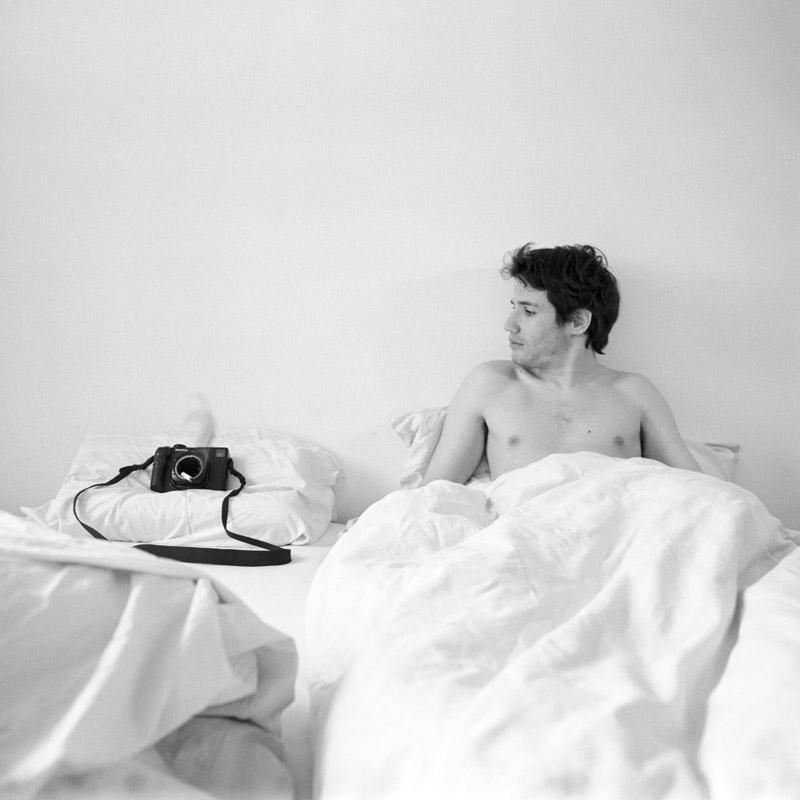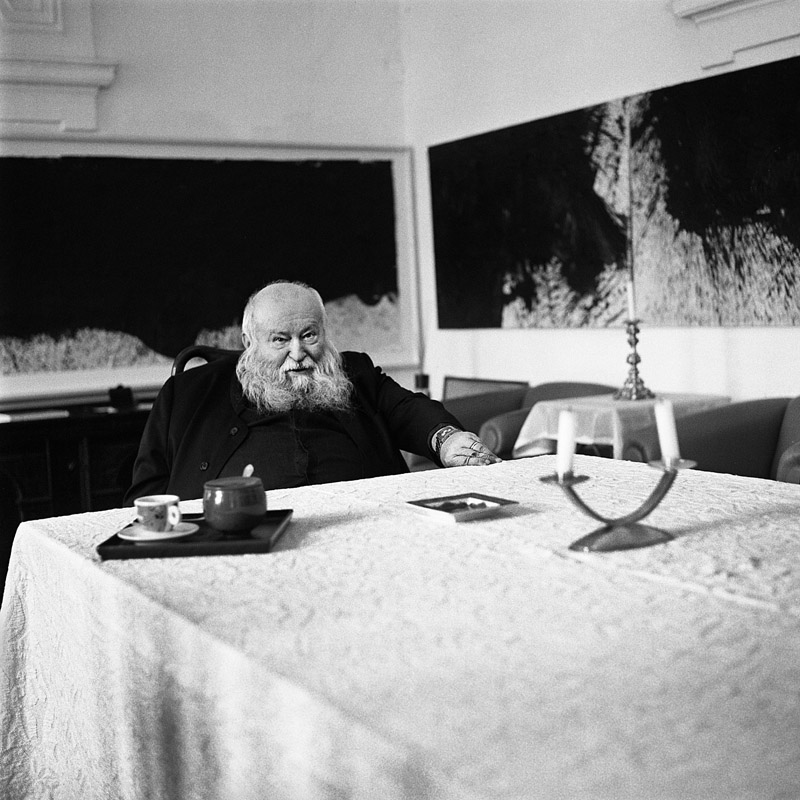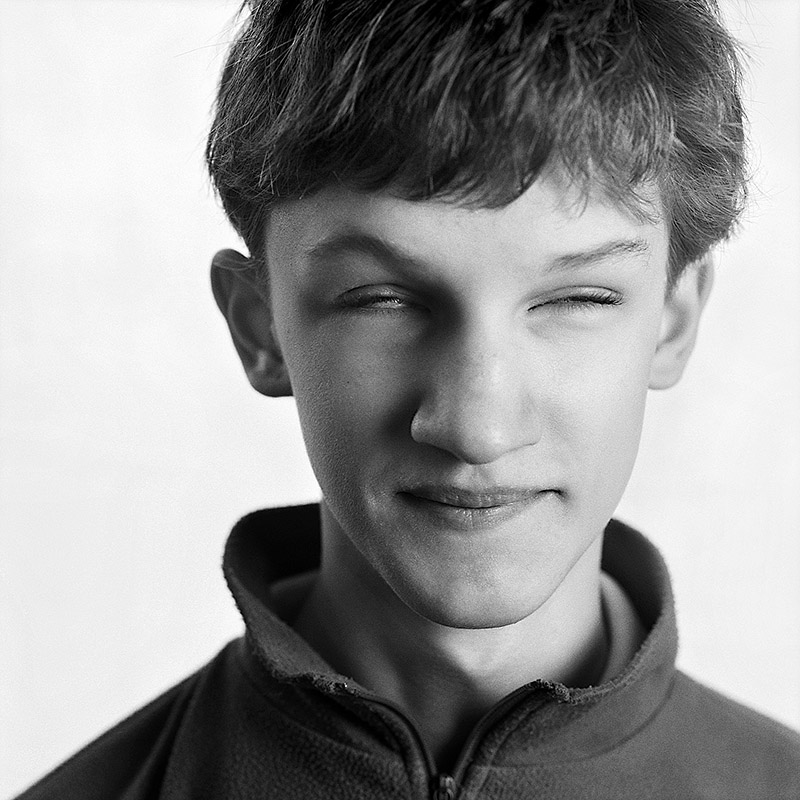
© Ronnie Niedermeyer. Ronnie, fine-art photographer.
Throughout the month of January, we explore the appeal of black-and-white visuals. Expressing identity through photographic means is an idea as old as the art form itself. One photographer who captures the essence of his subjects while infusing his work with his own artistic identity is Ronnie Niedermeyer. We are especially fascinated with his portraits, which capture a range of diverse individuals and are especially powerful. I had the opportunity to interview him recently in order to find out more about his artistic process. For more info and to view more photographs, visit rn.co.at.
1. Could you tell us about what prompts the settings for your portraits?
A lot of my work is done on commission, so of course the settings are determined not only by me. But even in commissioned work, I do get quite a lot of artistic freedom because that’s what people really hire me for – expressing myself, rather than just pushing a button. Of course I sometimes have to photograph specific things, but I get to decide how to photograph them, how to present them.
Similarly, in self-commissioned work, every project aims to reach a balance between relevance to myself and relevance to the world at large. I’m not interested in contemplating my navel, but neither am I interested in impersonally documenting things like a machine. My work should be meaningful to both myself and others.

© Ronnie Niedermeyer. Hermann Nitsch. From the series Heads of Vienna.
2. Who determines the setting for a portrait?
Portraits are about communication. When I make a photo portrait of someone, I like to talk first and compare ideas: How would they like to be seen, how would I like to show them, and usually we find a setting that appeals to both of us. Sometimes people choose a setting that I don’t think is very convincing or visually interesting, and then I say, “Okay, I can do a photo of you like that if you like, and how about we also do one like THIS?” – and show them what I think would make for a stronger image. Most people are very open to suggestions, because they trust me to depict them with respect.
3. Why do you work in black and white?
I like the way it looks; I find the monochrome aesthetic very appealing. Also, it reduces everything to the essential. Color is often just window dressing. I want to know what someone’s eyes look like, but I don’t need to know if they’re green or they’re blue. That being said, I do a lot of color work as well, mostly for magazines, and I’ve actually come to like it quite a lot, too. In the summer of 2013 I started a monthly portrait series for the Austrian magazine DATUM where I decided that there should be something red in every photo. So I like color, but prefer to use it as a deliberate visual element.

© Ronnie Niedermeyer. From Blindsight, an award-winning photoseries.
4. How do you feel your work embodies the concept of “identity?”
To me, artistic identity is about far more than a recognizable visual style. As I said earlier, I want my work to be meaningful both to others and to myself. In lots of art this isn’t the case; either it’s too personal or it’s too documentary for my taste; in both cases it doesn’t touch me. I feel strongly that art is simultaneously about expressing yourself and about reaching out to others. When you attain that, I think you’ve found your artistic identity.
Featured image: Ronnie, fine-art photographer. All photographs © Ronnie Niedermeyer, rn.co.at, all rights reserved. Reproduced with kind permission of the artist.


